From the sophisticated beauty of a Kyoto kaiseki supper to the busy food vendors of Osaka, Japan’s cuisine scene is the ideal fusion of history and modernism. Whether it’s a carefully made multi-course dinner or a fast nibble from a train station kiosk, daily meals in Japan demonstrate the nation’s commitment to taste and quality. The Menu covers highlights the depth of Japanese cuisine culture by covering everything from laid-back favourites to sophisticated gastronomic experiences, regardless of the venue.
Street Food: Affordable Flavor on the Go
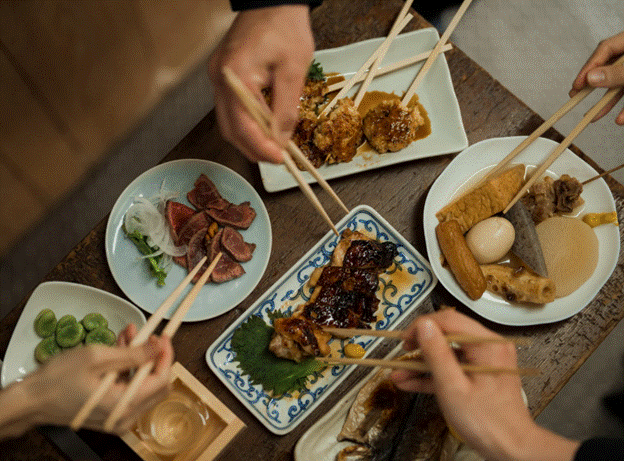
Affordable and bursting with taste is Japanese street cuisine is. Wander any big city, especially Osaka, sometimes known as the street food capital, and you can smell sizzling takoyagi (octopus balls), yakitori ( roasted chicken skewers), and okonomiyaki (savoury pancakes). These freshly made meals are presented to patrons in front of them, therefore creating a participatory and dynamic dining experience. During celebrations, food vendors known as yatai frequently set up shop, providing seasonal delicacies, including sweet roasted chestnuts or taiyaki, a fish-shaped pastry stuffed with red bean paste.
Street food connects with local flavours in a leisurely environment, not only about convenience. Every area boasts unique delicacies, such as Sapporo’s miso ramen or Hiroshima-style okonomiyaki, which provide a local spin on common favourites.
Convenience Store Meals: Surprisingly Tasty Options
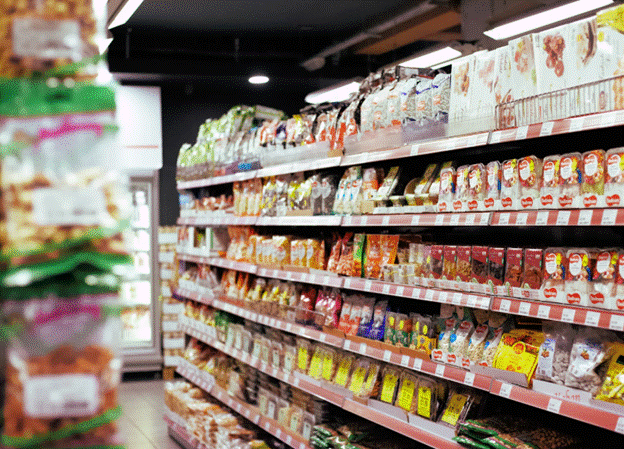
Hidden treasure in Japanese food are convenience stores, or konbini. Amazing fresh, ready-to-eat meals abound from chains such 7-Eleven, Lawson, and FamilyMart. These include bento boxes, soba and udon noodles, onigiri—rice balls stuffed with different contents—and even desserts like mochi and pudding.
These simple dishes are made with great attention to detail, thereby guaranteeing exceptional taste and quality. Both visitors and residents sometimes rely on konbini meals for late-night munchies or quick lunches. They are evidence that good Japanese cuisine doesn’t have to be difficult to be delicious.
Casual Dining: Ramen Shops, Izakayas, and More

From little eateries where small meals are shared over drinks to ramen shops with ticket vending machines, casual restaurants abound throughout Japan. A go-to comfort dish, ramen is unique in every area—from tonkotsu (pork bone broth) in Fukuoka to shoyu (soy sauce-based) in Tokyo.
Japanese-style bars, Izakayas, provide a laid-back setting where patrons savour a range of cuisine including grilled fish, tempura, and karaage—fried chicken. They’re ideal for tasting many tastes in one session and for mingling.
Fine Dining: A Deeply Cultural Experience

Higher on the gastronomic scale, Japan boasts some of the most sophisticated dining experiences available worldwide. Often found in historic inns or upmarket restaurants, Kaiseki cuisine is a multi-course dinner with an eye toward seasonal foods, presentation, and harmony of taste.
Fine eating in Japan is an art form rather than only a matter of cuisine. The food is improved by considering plating, colour, and even dishware choices. Perfectly grilled wagyu beef or master chef-prepared sushi show how highly Japan values its cuisine.
Whether your taste is for formal dining or a street snack, the Menu covers offers an amazing spectrum of flavours, methods, and customs. Japanese cuisine is about enjoying the tale behind each dish, the balance of each bite, and the cultural pride in every meal—not only about eating.
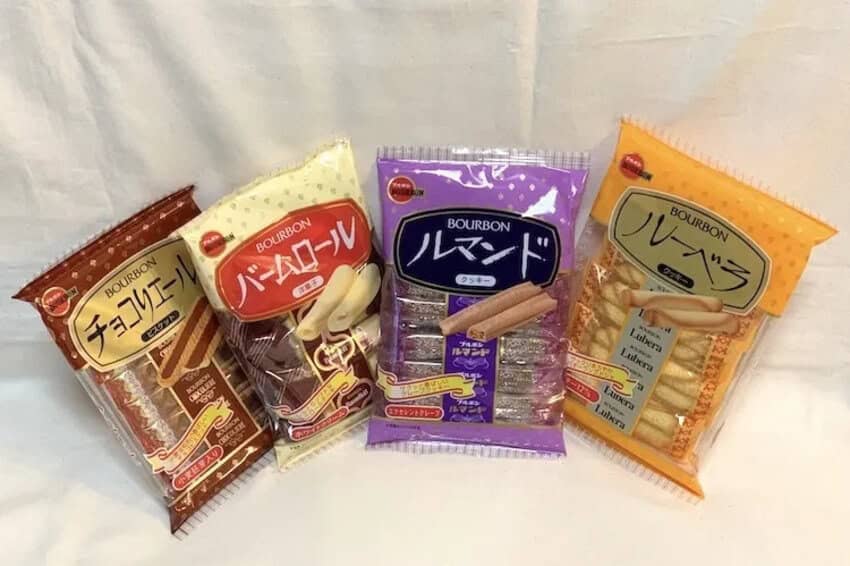

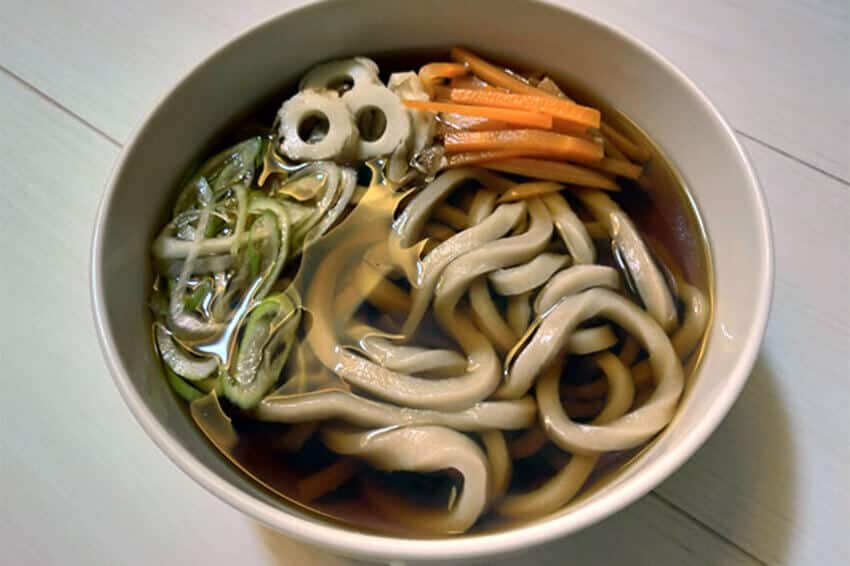

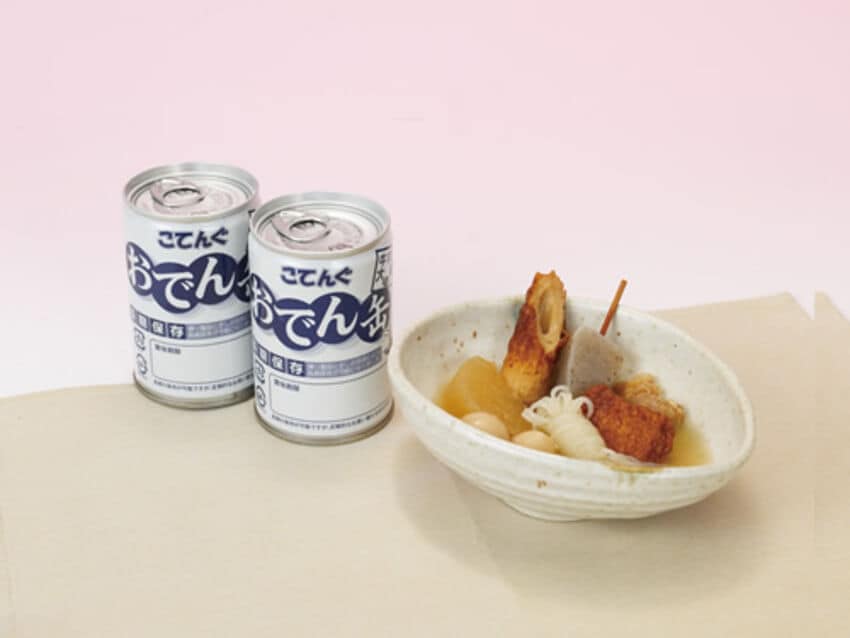

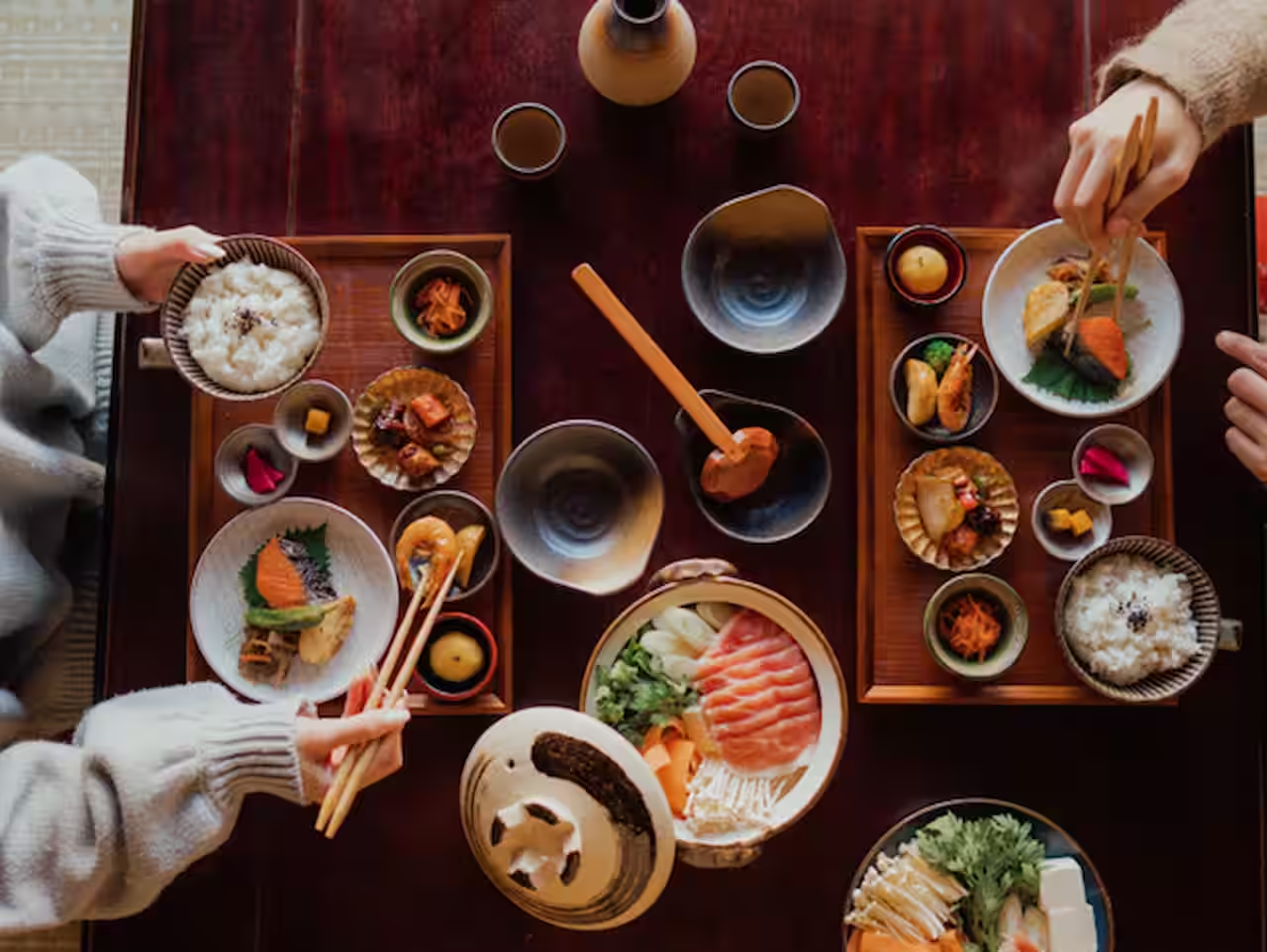
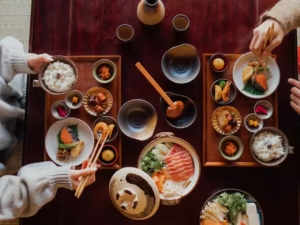
Comments